Affiliate links on Android Authority may earn us a commission. Learn more.
Change my mind: Apple has the best smart home platform (at least for now)
Published onMarch 25, 2023
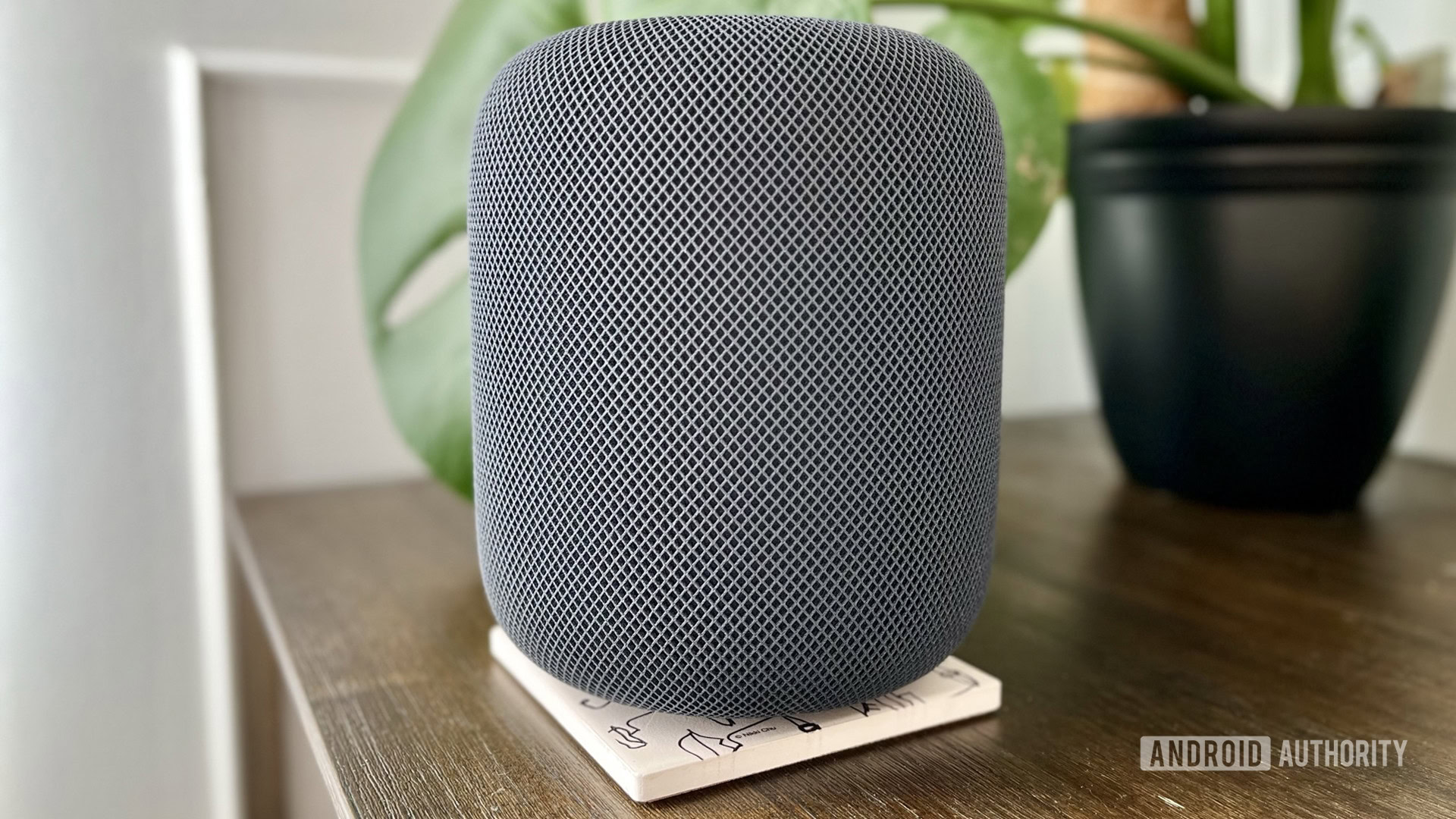
When my family and I moved into a new home last year, I took it as an opportunity to steer us towards a primary smart home platform. Yes, as Android Authority‘s resident smart home guru, I need to have gear to test all the major ecosystems — it’s just that life is easier if there’s one you can count on for everyday tasks like turning the lights on.
Until recently, I’d been leaning towards Amazon Alexa as my platform of choice. It’s still the best-supported one out there in terms of smart speakers, accessories, and music services. And top of that, it doesn’t play favorites between Android or iOS. Even Google Home naturally favors Android, though it is perfectly usable with iOS.
Based on a few recent developments, however, I’m increasingly preferring Apple HomeKit for my smart home setup. There are caveats we’ll talk about, but it’s getting to the point that Amazon and Google are going to have to do some serious catch-up work.
Which smart home platform(s) do you use, if any?
1. Apple HomeKit quickly adopted Matter and Thread
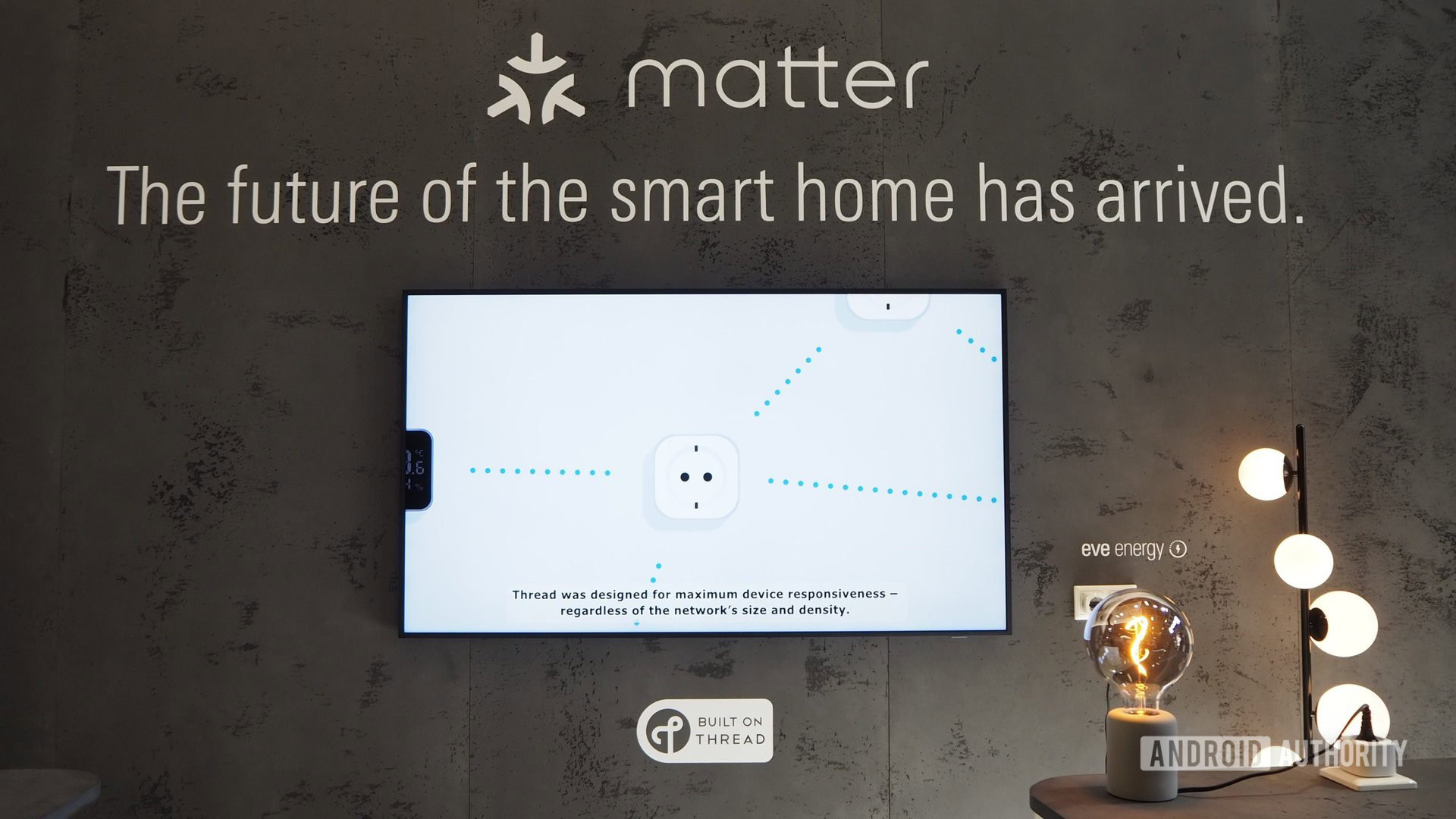
As one of the founders of Matter and Thread, it shouldn’t be surprising that Apple was quick to adopt both smart home standards — the former allowing universal accessory pairing, the latter reducing dependence on hubs and Wi-Fi. The HomePod mini had a useable Thread radio as far back as November 2020, and Matter came to HomeKit alongside iOS 16.1, released the same month that Matter 1.0 went live.
If you have an Apple iPhone or iPad, you get to be on the cutting edge of smart home tech.
What’s surprising is that Amazon and Google are lagging behind, despite also being Matter founders. Google took a couple of months to follow Apple’s lead, and had to switch on dormant Thread border router support in devices like the Nest Hub. Amazon, meanwhile, not only waited until December to support Matter, but still hasn’t activated Thread on Echo products. (Both Amazon and Google are only offering Matter pairing through Android so far, although their platforms otherwise support iOS.)
The situation means that if you have an iPhone or iPad, you get to be on the cutting edge of smart home tech, including a better selection of pre-Matter Thread accessories from companies like Eve and Nanoleaf. Anyone who appreciates Thread’s speed and reliability should definitely be looking in Apple’s direction, at least until later in 2023.
2. Hubs are baked into HomeKit
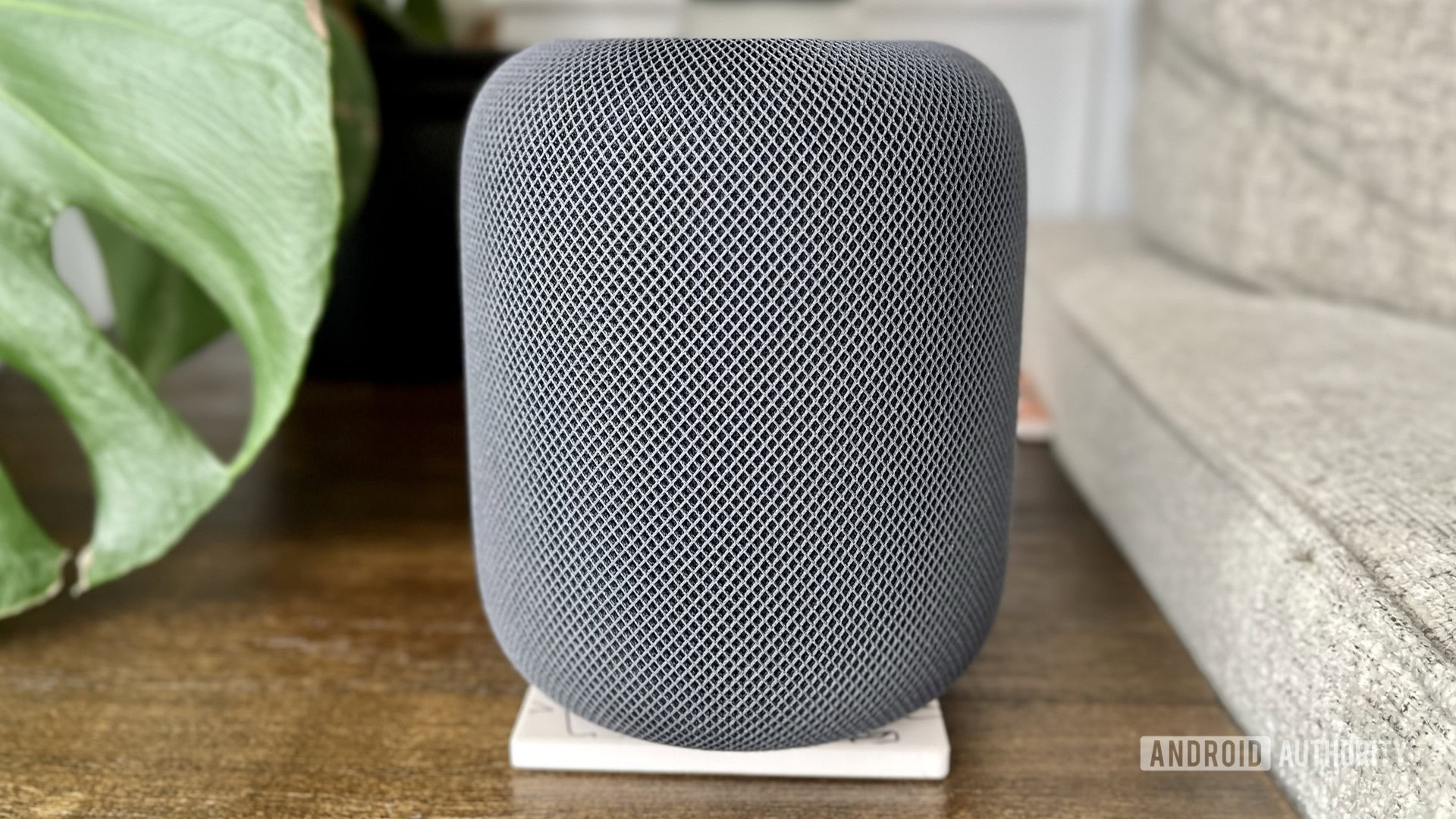
While it’s true that one of the advantages of Thread is less reliance on hubs, HomeKit’s overall dependence on hubs has some benefits.
That might sound confusing, but I’ll explain. Many accessories — like Philips Hue lights or Lutron smart switches — use hubs to provide reliable automations that don’t depend on internet access. These not only add to costs, but are often brand-specific while claiming valuable Ethernet ports on your Wi-Fi router.
Unlike Amazon Alexa or Google Home which can be used without buying any specific hardware, the Apple HomeKit platform effectively requires a hub (dubbed a Home Hub) in the form of an Apple TV, HomePod, or HomePod mini. It’s what enables remote access and ensures automations still run when you’re away. This role is doubly important in 2023, since all Home Hubs act as Matter controllers, and some can serve as Thread border routers (connecting Thread products to the internet).
HomeKit's dependence on hubs grants it features like offline automations and improved accessory speed.
What Apple should be promoting, though, is that this brings hub benefits to the entire ecosystem. As long they don’t require connecting to the cloud, HomeKit automations can work even when you lose internet access. That’s not guaranteed with Alexa or Google Home unless all your accessories are paired to a speaker or display via Thread or Zigbee. Hubs can also improve not just general reliability, but speed, since accessories don’t always have to wait for a response from a server.
There are downsides to this arrangement — namely, even the cheapest Home Hub (a HomePod mini) is $99, and you may need more than one for whole-home coverage. But if you can swallow the expense, you’ll like the results.
3. Apple Home is still the best smart home app
The Home app has always been okay to good in my opinion, but it was redesigned in iOS 16 (as well as iPadOS 16 and macOS Ventura) to make it easier to find accessories, control them, and check sensor and camera data. The result is the best app among the major smart home platforms, better even than Google’s redesign efforts, which haven’t finished rolling out.
This matters for a few reasons, foremost being that every smart home app should provide minimal friction. If I want to turn on lights or check room temperature, it should feel as effortless as using a remote — these are common tasks, and in many cases, a switch or remote might be the literal alternative. It’s kind of baffling that the Alexa app doesn’t default to a Home-style dashboard.
Ease of use extends to automations. Apple’s interface has always been relatively uncomplicated, even if it takes a little while to learn its full potential. The company also has long supported using sensor data as triggers, unlike Google, which just joined the party. It’s not hard to imagine the benefits of trigger lights based on motion sensors or fans based on temperature.
HomeKit-compatible smart bulbs and lamps can use Adaptive Lighting, which matches color temperature to the time of day. There’s no equivalent with Alexa or Google Home, despite brands like Philips Hue and Nanoleaf offering similar features in their own apps.
4. Privacy and security
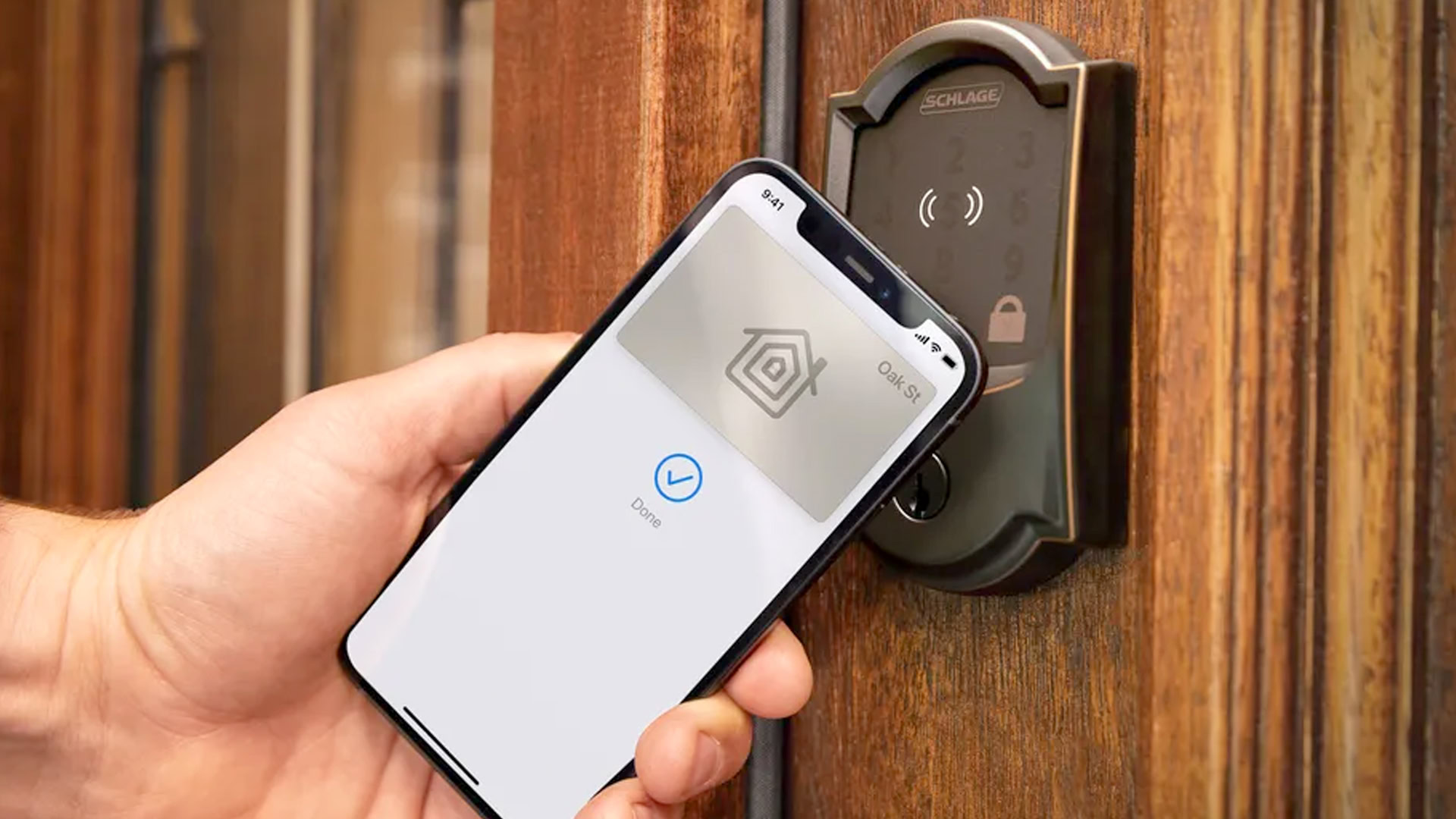
I’m not as worried about smart home privacy issues as some people. That’s partly because I need to use the tech for my job regardless, and partly because I’ve resigned myself to Amazon and Google’s Faustian bargain — cheap yet quality hardware at the expense of having some of your data used for marketing.
So far, Apple isn't compromising in privacy or security.
Apple’s HomeKit and the Siri voice assistant are simply siloed away from marketing, unless you count the latter’s preference for first-party services. And the main reason you don’t see as many HomeKit accessories on the market as you do for Alexa and Google Home is that products need to be certified for Apple’s tough security protocols. Matter is actually an extension of some of Apple’s security tech beyond its own walls.
The company also gives iCloud Plus storage subscribers something called HomeKit Secure Video, which lets compatible security cameras save end-to-end encrypted video in iCloud, separate from a camera maker’s own service or (to an extent) iCloud storage limits. As a bonus, it enables person, pet, and, car detection for smarter notifications. Amazon has Ring Protect plans and Google has Nest Aware, but those are security-exclusive subscriptions, and Ring’s end-to-end encryption is an opt-in that actually cripples a lot of features — you can’t even see previews in the Ring dashboard when you turn it on.
The bottom line is that if you aren’t willing to make any compromises in privacy and security, Apple is the way to go.
What about Apple’s downsides?
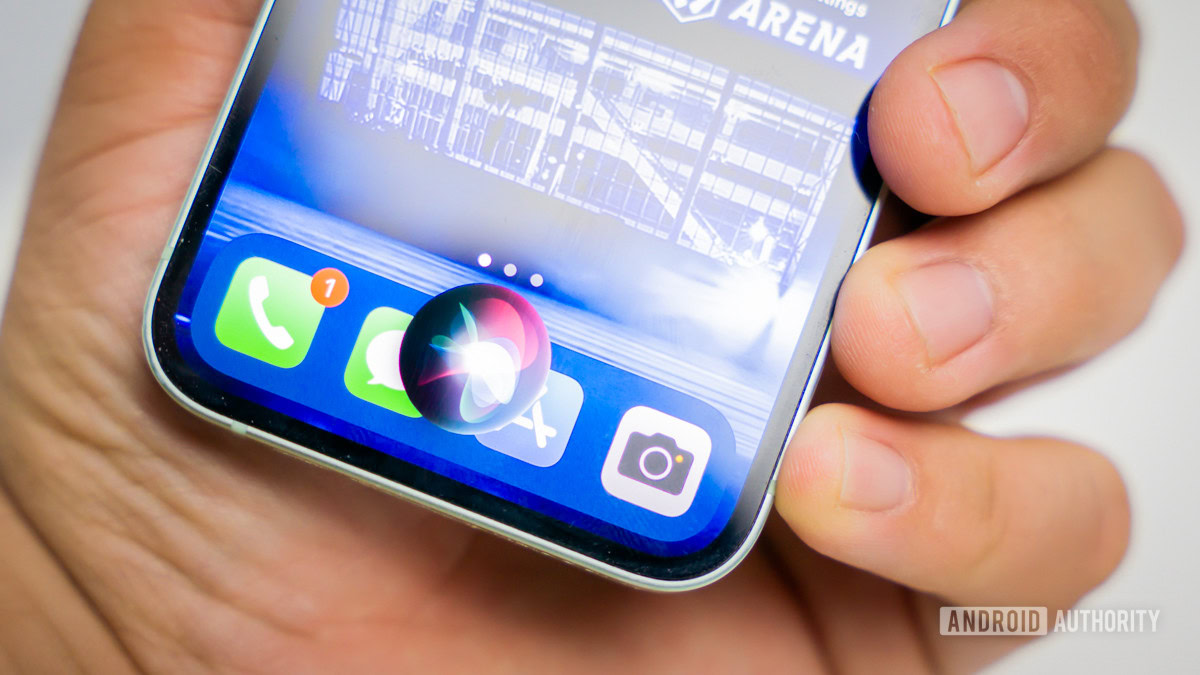
There’s a lot left for Apple to fix, make no mistake. The biggest issue is Siri, which is useable, but remains more likely than Alexa or Google Assistant to misinterpret voice commands or have them fail outright. Even when it does work, its features are unimpressive. It can’t handle two commands in the same sentence like Assistant, much less mimic chatbots such as ChatGPT. Indeed some people prefer Alexa or Google simply because of the superior voice tech.
HomeKit still has gaps like Siri performance, platform exclusivity, and a shortage of affordable accessories.
Exclusivity is a problem that Apple probably has no intention of fixing — third-place marketshare be damned. HomeKit remains out-of-bounds for Android and Windows users, and you can’t even set up a HomePod without an iPhone or an iPad. When you can get a HomePod up and running, it defaults to Apple Music for Siri music requests, with third-party support being limited to less popular services like Pandora and Deezer, or else AirPlay casting. Fights over issues like subscription fees are still holding back Spotify voice support.
The price of the ecosystem and the limited number of accessory options should eventually be alleviated by Matter. For now, though, the cost of developing HomeKit accessories is still often passed along to customers, and certification hurdles mean that a lot of accessory makers (even relatively popular brands like Wyze, Govee, and TP-Link’s Kasa) skip the platform. There’s a far better selection of Alexa and Google accessories as a result, and no need to buy something as expensive as a HomePod mini to get them working.
Still, I think Apple has the best smart home ecosytem (for now)
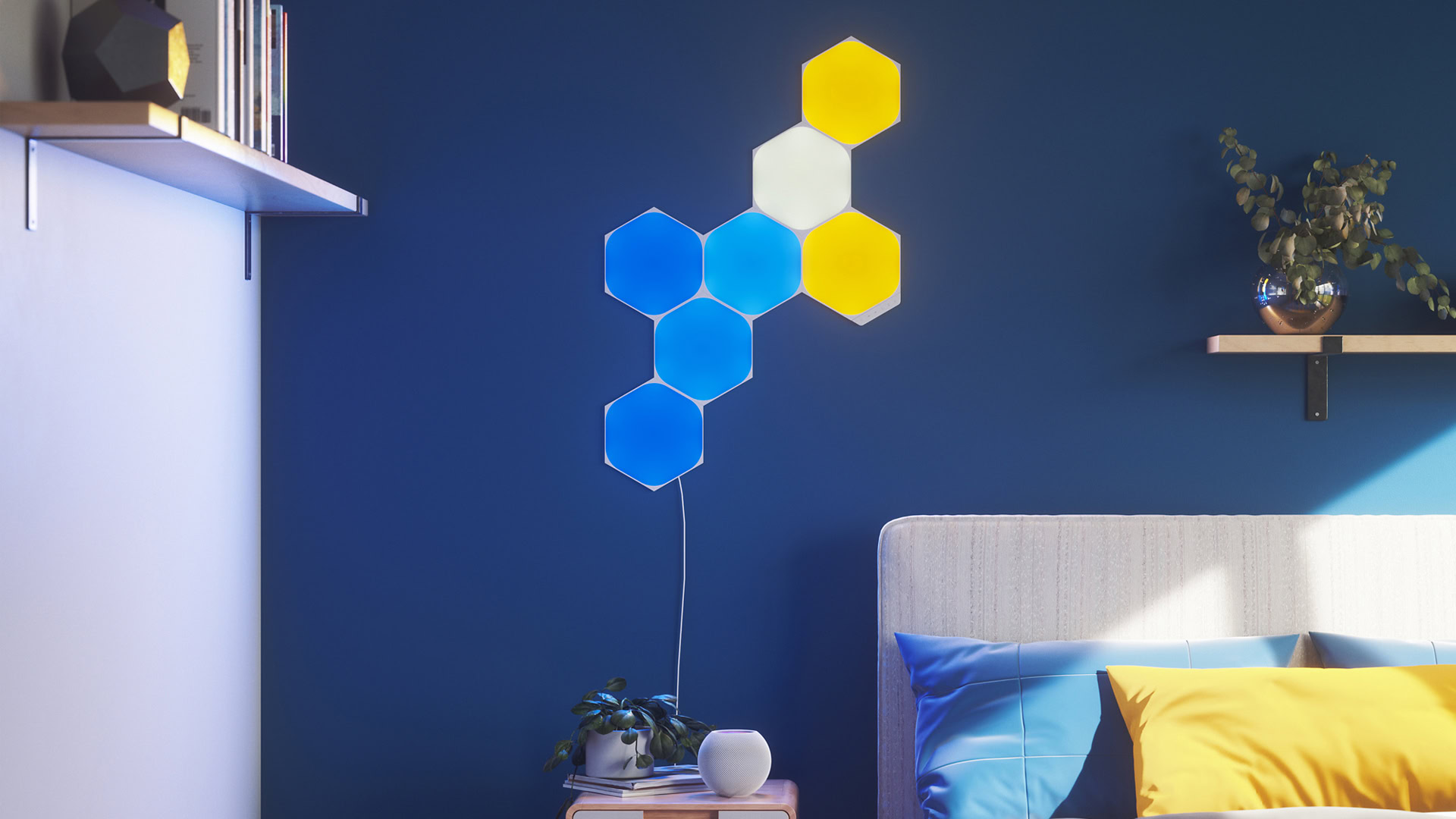
There are other HomeKit issues I could point to, such as the lack of a smart display or support for robot vacuums. It seems like Apple is trying to get on the right track after years of stagnation, however, so the situation could be very different by the time 2024 rolls around, especially if some hardware rumors prove correct. We’ll see what iOS 17 brings as well.
Apple is making such significant steps that it not only changed my mind, but could finally be poised to change the smart home market’s mind and become a clear favorite, at least among iPhone owners. Amazon remains the industry leader — yet its platform hasn’t evolved much in the past couple of years, and it’s on shaky ground after mass layoffs in the Alexa division.
Google, meanwhile, is taking positive steps similar to Apple, but needs to finish its app rollout and an overdue refresh of its speaker and display lineup. Who knows, though; I could be singing a different tune before 2024 gets here.